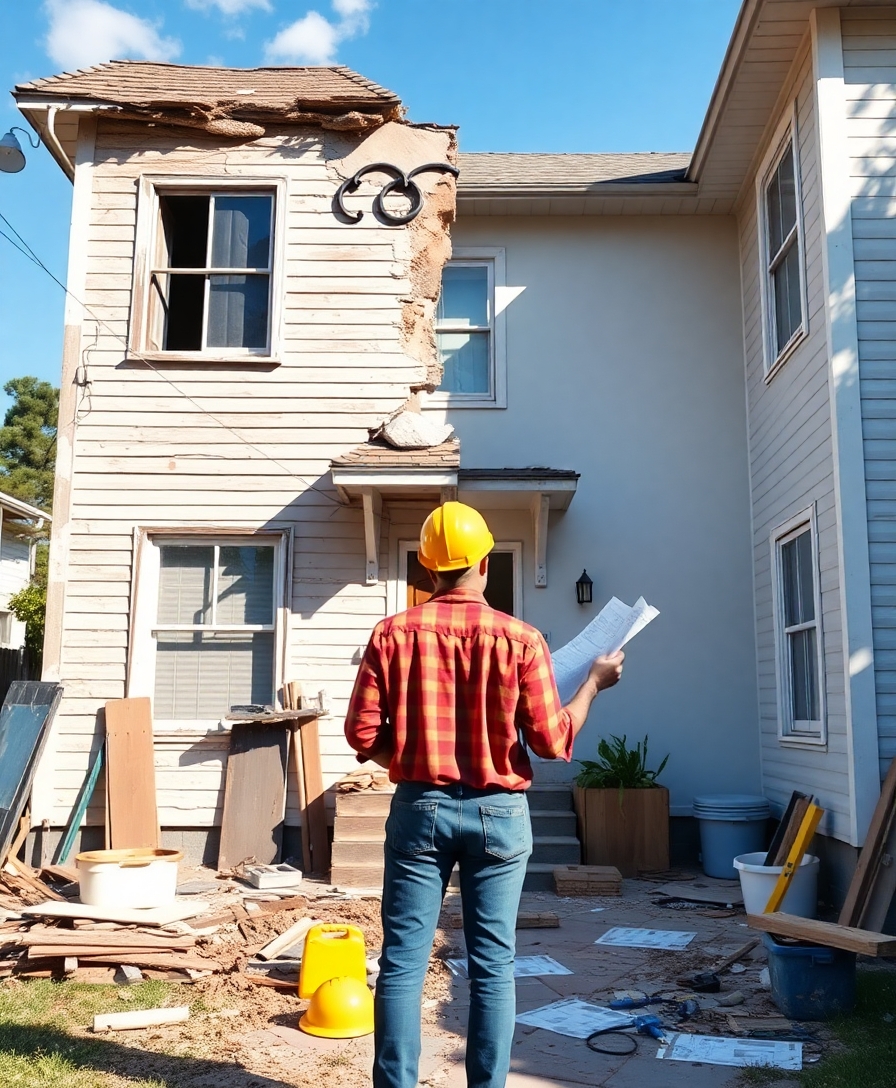Flipping houses can be a fast track to profit—but only if done correctly. Too many beginners jump in without understanding the risks and lose money due to poor planning and bad execution.
Start by knowing your numbers. Use the 70% Rule: never pay more than 70% of the after-repair value (ARV) minus renovation costs. For example, if a house’s ARV is $250,000 and repairs will cost $40,000, your max offer should be $135,000.
Next, choose the right location. Flipping in declining neighborhoods may leave you with a finished property that no one wants. Focus on areas with good schools, strong resale activity, and visible growth.
Always get a professional inspection before you buy. Issues like mold, termites, or structural damage can destroy your budget.
Build a network of reliable contractors. Don’t just go with the cheapest bid—verify licenses, reviews, and experience. Use written agreements that outline clear timelines and penalties for delays.
When designing the renovation, aim for mass appeal. Stick to neutral palettes and functional upgrades that buyers want. Avoid expensive personal touches that don’t add resale value.
Time is money in flipping. Every extra week you hold the property eats into your profit through mortgage, utilities, and taxes. Try to complete projects in 90 days or less.
Finally, price to sell, not to sit. Use comps and price your home competitively. The longer it’s on the market, the more it costs you.
Flipping houses is all about planning, timing, and discipline. With the right strategy, your first flip can be a profitable launchpad.


0 Comments